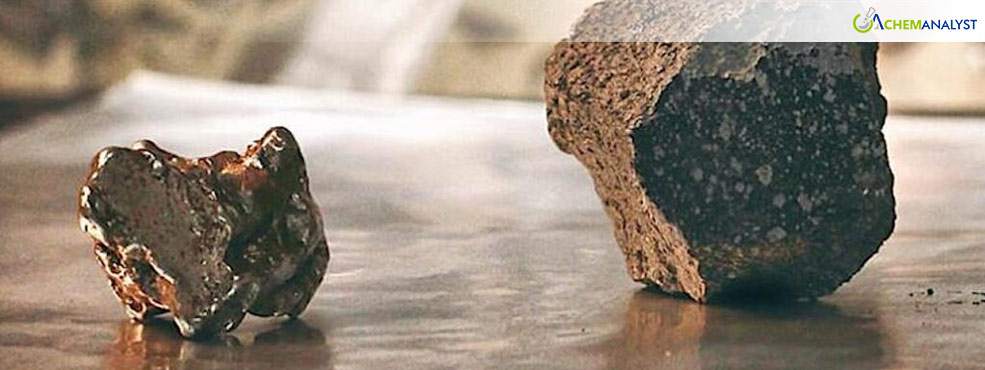Welcome To ChemAnalyst

C-type asteroids are believed to have played a crucial role in delivering essential volatile and organic compounds to the terrestrial planets during the early stages of the Solar System. These asteroids, composed largely of primitive materials, are vital for understanding the origins of life and the chemical processes that shaped early Earth. Their compositions provide insights into the conditions that existed when our planet was forming, highlighting their significance in astrobiology and planetary science.
The JAXA Hayabusa2 mission, which concluded successfully in late 2020, marked a landmark achievement in space exploration by returning samples from the asteroid Ryugu. This mission provided scientists with unprecedented access to pristine materials that have remained largely untouched by terrestrial processes. The samples collected from Ryugu are invaluable because they offer a direct glimpse into the early Solar System's conditions, enabling researchers to study the fundamental building blocks of our planetary system.
Among the remarkable findings from the Ryugu samples is a unique class of grains that can measure up to several hundred micrometers in size. These grains are characterized by their hydrated ammonium–magnesium–phosphorus (HAMP) composition. The distinct chemical and physical properties of these grains indicate that they likely originated in the outer regions of the Solar System, beyond most snow lines, where low temperatures facilitate the formation of water ice. This environment has likely allowed these grains to be preserved throughout Ryugu's history, making them critical targets for scientific investigation.
The phosphorus-rich HAMP grains are embedded within an organic-rich phyllosilicate matrix. This matrix may have significantly influenced the early interactions of these grains with primitive terrestrial water reservoirs. One of the most intriguing aspects of HAMP grains is their ability to release phosphorus and nitrogen in forms that are more soluble and reactive than those released by poorly soluble calcium-rich phosphates. This property enhances their participation in various chemical reactions, which could have been vital in the primordial conditions on early Earth.
The availability of these essential nutrients—phosphorus and nitrogen—promoted by HAMP grains, may have played a significant role in the chemical pathways that led to the development of organic matter. This suggests that HAMP grains could have facilitated the biochemical processes crucial for the emergence of life. The interaction between these grains and the early terrestrial environment highlights their potential importance in shaping Earth's chemical landscape.
Furthermore, the study of HAMP-rich grains extends beyond understanding the materials that contributed to Earth’s formation; it also sheds light on the complex interplay of chemistry and biology in the early Solar System. As researchers continue to analyze the Ryugu samples, they anticipate discovering more about the origins of life, including the mechanisms by which organic compounds formed and interacted in the early environment.
The implications of these findings extend to our understanding of how life might emerge on other celestial bodies, providing a comparative framework for studying extraterrestrial environments. By exploring the biochemical potential of materials from bodies like Ryugu, scientists are piecing together a broader narrative of the Solar System’s history and the fundamental processes that may be common throughout the universe.
In conclusion, the study of HAMP-rich grains from Ryugu not only enhances our understanding of the materials that contributed to Earth’s formation but also opens new avenues for exploring the origins of life and the evolution of planetary bodies. As ongoing research progresses, the Ryugu samples promise to yield further insights into the early chemical processes that may have led to life, both on Earth and potentially elsewhere in the cosmos.
We use cookies to deliver the best possible experience on our website. To learn more, visit our Privacy Policy. By continuing to use this site or by closing this box, you consent to our use of cookies. More info.
